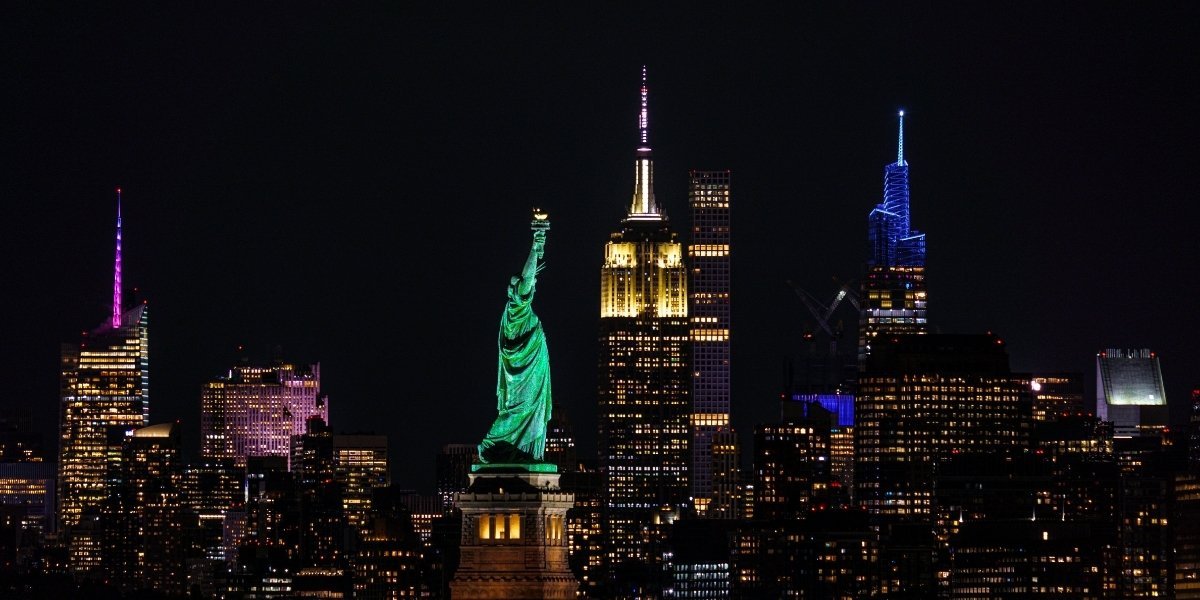Ghost stories have been a captivating genre in film for decades. The allure of the supernatural, combined with the thrill of suspense and fear, makes ghost stories a popular choice for moviegoers. This article explores the appeal of ghost stories in film, highlighting the psychological, cultural, and artistic elements that make them so engaging.
Psychological Appeal
One of the primary reasons ghost stories are appealing is the fear of the unknown. Ghosts and supernatural entities represent the mysteries of the afterlife and the unknown, tapping into deep-seated human fears. This fear is universal, making ghost stories relatable to a wide audience. Films like “The Sixth Sense” and “The Others” capitalize on this fear, creating suspense and tension that keep viewers on the edge of their seats.
Ghost stories often explore themes of death and mortality, prompting viewers to reflect on their own lives and fears. These films provide a way to confront and process the concept of death in a safe and controlled environment. Movies such as “The Ring” and “Poltergeist” delve into the consequences of death and the existence of an afterlife, offering a compelling narrative that resonates with audiences.
The psychological thrills offered by ghost stories are another significant draw. These films play with the mind, using suspense, surprise, and the supernatural to create an intense emotional experience. The slow build-up of tension and the unexpected twists and turns keep viewers engaged and invested in the story. Classics like “The Shining” and “Insidious” masterfully manipulate psychological elements to evoke fear and excitement.
Cultural Appeal
Ghost stories often draw from folklore and traditional tales, grounding them in cultural history and beliefs. This connection to cultural heritage makes ghost stories appealing as they tap into familiar legends and myths. Films like “Ju-on: The Grudge” and “The Conjuring” series incorporate elements of folklore, making them more intriguing and culturally relevant.
Ghost stories address universal themes such as loss, regret, and the desire for closure. These themes are relatable to a broad audience, making the stories emotionally engaging. Movies like “Ghost” and “The Others” explore the pain of loss and the longing for resolution, resonating with viewers on a deep emotional level.
Many ghost stories offer social commentary, using the supernatural as a metaphor to address real-world issues. Films can explore themes of injustice, revenge, and the consequences of past actions, prompting viewers to reflect on societal problems. For instance, “Candyman” uses the ghost story framework to discuss themes of racism and gentrification, providing a layered and thought-provoking narrative.
Artistic Appeal of Ghost Stories
Ghost stories in film often excel in creating a captivating visual and atmospheric experience. The use of lighting, shadows, and eerie settings enhances the supernatural elements, making the story more immersive. Directors like Guillermo del Toro in “Crimson Peak” and James Wan in “The Conjuring” series are known for their skillful use of atmospheric elements to create a haunting and visually stunning experience.
Sound design and music play a crucial role in the appeal of ghost stories. The right soundtrack can heighten tension and evoke fear, making the viewing experience more intense. Subtle sound effects, eerie music, and moments of silence all contribute to the overall impact of the film. John Carpenter’s score for “Halloween” and the unsettling sounds in “Paranormal Activity” are prime examples of effective use of sound in ghost stories.
Ghost stories often employ creative storytelling techniques, such as non-linear narratives, unreliable narrators, and twist endings. These techniques keep the audience engaged and add depth to the plot. Films like “The Others” and “The Sixth Sense” are renowned for their unexpected twists that redefine the entire story, leaving a lasting impression on viewers.
Notable Examples in Cinema
Classic Films
Classic ghost story films have set the standard for the genre. “The Haunting” (1963), directed by Robert Wise, is a quintessential example, known for its psychological horror and atmospheric tension. Alfred Hitchcock’s “Psycho” also contributed to the genre with its eerie storytelling and suspenseful direction.
Modern Films
Modern ghost story films continue to captivate audiences with innovative approaches and fresh perspectives. “The Babadook” (2014) explores the manifestation of grief and depression through a haunting presence, offering a deep psychological narrative. “Hereditary” (2018) combines supernatural horror with intense family drama, creating a powerful and unsettling film.
The appeal of ghost stories in film lies in their ability to tap into deep psychological fears, cultural themes, and artistic elements. These films offer a unique blend of suspense, emotion, and visual storytelling that captivates audiences worldwide. Whether through exploring universal themes, creating atmospheric tension, or providing social commentary, ghost stories continue to be a beloved genre in cinema. As filmmakers continue to innovate and explore new storytelling techniques, the genre is likely to remain a staple of the film industry for years to come.








